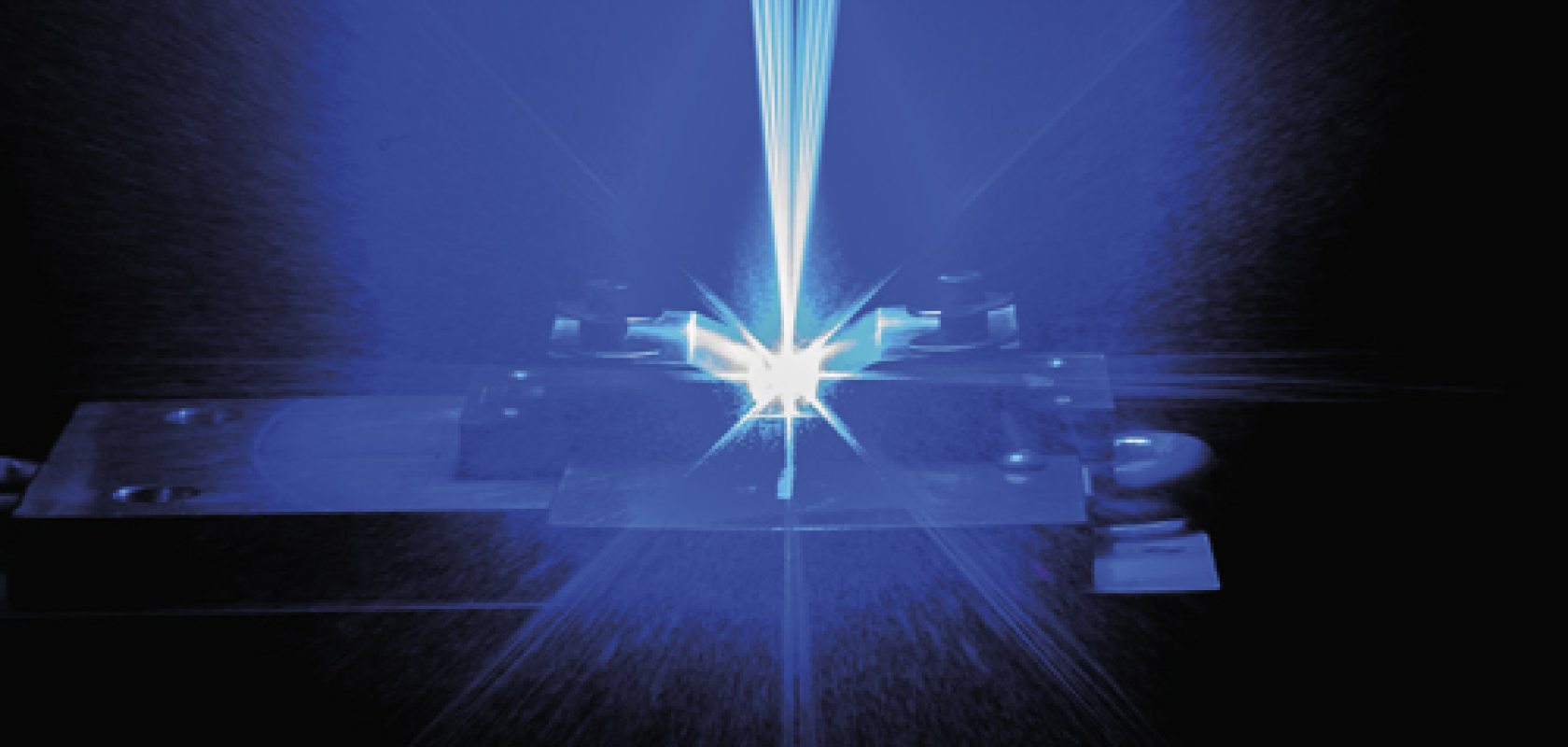Blue diode laser manufacturer Nuburu has been awarded two new patents that cover the use of its blue lasers for materials processing in the manufacture of batteries and other components.
“These new patents expand our broad patent estate around blue lasers, particularly for welding copper and other metals,” remarked Dr Mark Zediker, CEO and Co-Founder of Nuburu. The firm has over 190 granted and pending patents throughout the world.
One of the new patents, US Patent No 11,612,957, entitled “Methods and systems for welding copper and other metals using blue lasers”, describes Nuburu’s blue laser technology and processes for welding multiple metal types and alloys including copper, aluminium, and stainless steel. Such processes can be used to more efficiently manufacture batteries for electric vehicles, cell phones, and other electronic devices.
The other new patent,European Patent EP 3704772, entitled “Multi KW Class Blue Laser System”, covers multi-kilowatt blue fibre-coupled laser systems for laser welding and other materials processing applications in the wavelength range of 400-495nm. Such multi-kilowatt laser sources could be ideal for 3D printing, according to Nuburu, as well as for welding copper and other reflective materials when producing components for electric vehicles, mobile phones and other electronic devices.
When it comes to welding reflective materials such as copper, stainless steel, and aluminium, blue-wavelength lasers offer enhanced speed and quality control compared to traditional infrared laser technology. This is due to their wavelength being more easily absorbed in such materials compared to infrared wavelengths.
Nuburu has engineered many of its solutions towards the welding of such metals, which are used in abundance in components for e-mobility, for example batteries and electric motors. One of the firm’s other main market segments is consumer electronics, where it says blue lasers are making significant penetration progress.
In its announcement of the new patents, the firm said: “Driven by 5G, mobile phone manufacturers approached us looking for solutions to overcome the problems of existing manufacturing techniques such as press-fitting, welding, and other mechanical techniques. They needed to solve low-efficiency, time-consuming processes, which created serious throughput and productivity limitations.”
After a 12 to 18-month application and technical qualification process, Nuburu’s AO lasers have now been used in the production of mobile phone vapour chambers for over a year, according to the firm. The process involves soldering <200 microns of thin copper, a fraction of the size of a mobile phone, consistently and very quickly. By comparison, the customer was frustrated with infrared lasers. Although traditional infrared fibre lasers offered a non-contact approach, they simply cut the material instead of welding it due to the low absorption at the infrared wavelength.


